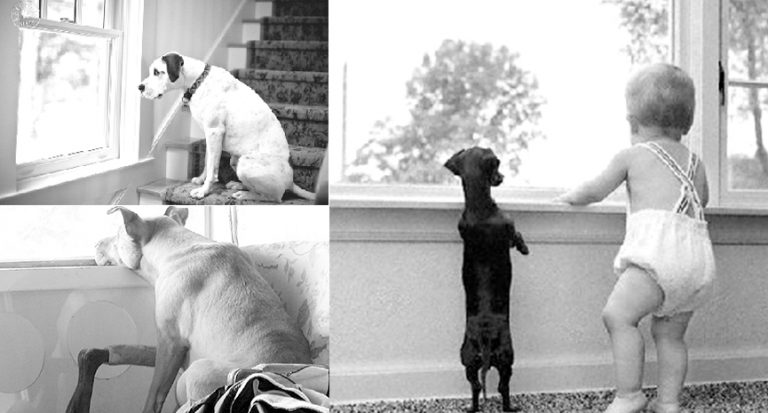Recognizing the adjustment period–and successfully managing it–is a very important part of helping your newly adopted dog to become part of your family. Remember, becoming a house pet can involve a very dramatic change for your dog. The adjustment period could take up to two weeks or may last only a few days. Some dogs can exhibit stress symptoms such as whining, pacing, reluctance to eat and housebreaking accidents. Your patience during this period will help to alleviate much of the stress that your dog is experiencing. It will also allow you the human to maintain a human home, with pets.
- House Rules – It is important that you decide on the house rules as a family and begin teaching them immediately. Don’t wait for your new dog to settle in before introducing the rules. Predetermine eating and sleeping areas, access to furniture and other rooms of the house as well as things like manners around the kitchen table. Being taught the house rules consistently from each family member, right from the start, will help make a confident, well-mannered pet in the future.
- Chew-Proofing – Dogs are predators. They search, chase, grab, hold, dissect and chew. They are also opportunistic and keen scavengers. If it’s edible, they think, “Eat it now!” How many things do you consider wrong for the dog to chew? Most likely, just about everything is off limits except for the half dozen items that you have decided are dog chew toys. The chance of the dog getting the right chew toy every time is almost non-existent. Tips to help redirect your dog’s chewing:
Exercise your dog regularly to help ensure that he is resting or sleeping during quiet times, not bored and looking for something to do. Do not try to suppress their natural tendency to chew. Instead, redirect their chewing to acceptable toys.
Do not give them discarded household items to chew. (Shoes, socks, plastic cartons, etc.) How is the dog to distinguish between the prohibited household items and the acceptable items? Pick up those things that you do not want the dog to have. It takes a while for the dog to learn all the human rules.
Confine your dog when you cannot supervise. Confinement is more humane than screaming at your dog every time he picks up a taboo object and chasing him around the house.
- Training the Dog to be Alone – When there’s a new dog in your house, the tendency is to constantly be with him because he’s novel and fascinating and you want to make him feel at home and secure. However, if you are constantly available, he will be in for an incredible letdown when normal life resumes. Set the precedent right away. Leave the dog alone for brief durations over and over. Do not let the dog have the run of the house. It must be confined until it has acclimated, been trained and proofed to be alone for long durations. With many mini-departures, the dog will learn two things:
People are not always going to be available and when people leave, they always come back again.
Be sure that you also train the dog to not get excited when you leave or come home by being very nonchalant. As flattering as it is when your dog hates to see you leave and loves to see you return, it can lead to problems. Do your dog a favor by training it that being alone is a good thing.




